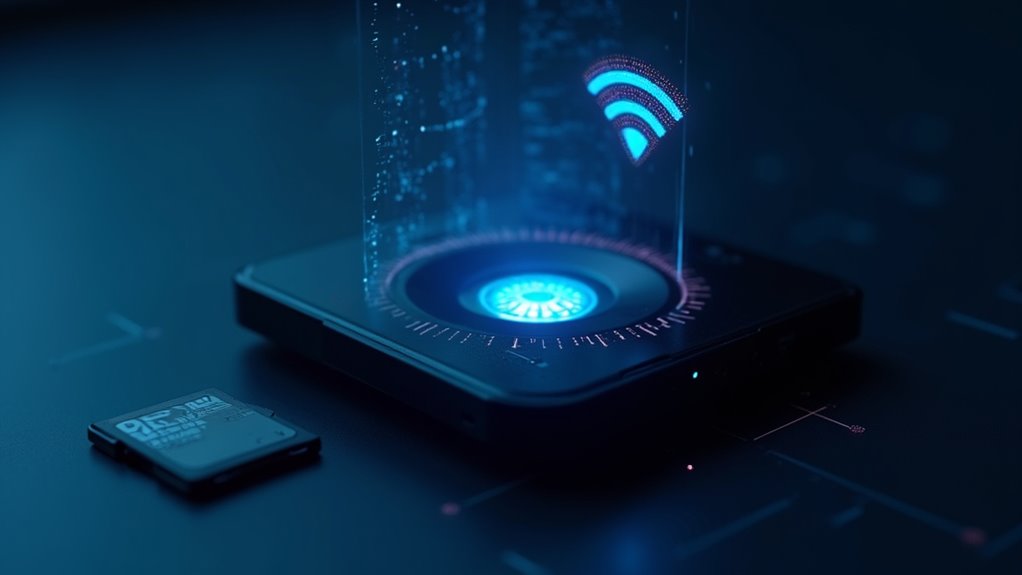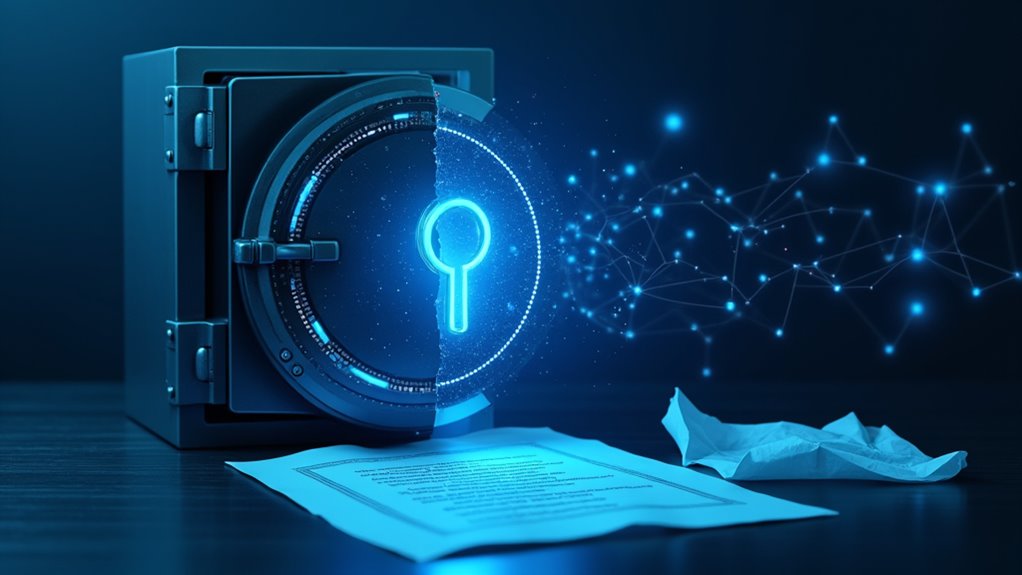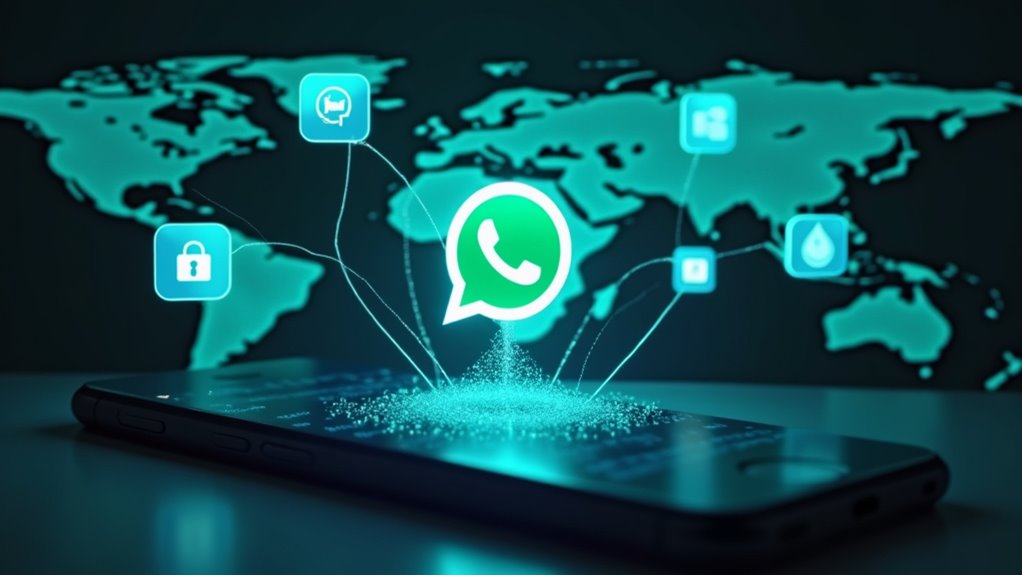Portable iris scanners are crashing the ID party across the US, ditching fingerprints for high-res peeks at your eyeballs. Think less retro cop drama, more “Mission: Impossible” gadget—these chunky smartphone-like devices show up at airports, border crossings, and even at your local government office, snapping ISO-compliant iris photos in seconds. They promise fast, accurate ID (and data encryption), but let’s be honest: personal privacy may feel more vintage by the minute. Stick around to see just how far this sci-fi is going.
Even in a world where your phone can recognize your face before you’ve had coffee, portable iris scanners in the US are taking biometric identification to a whole new, borderline sci-fi level. Forget thumbprints—now it’s all about high-speed dual iris capture, as if the government decided Mission: Impossible gadgets should go mainstream.
Portable iris scanners are pushing biometric tech into sci-fi territory—think Mission: Impossible, but at your local security checkpoint.
So how does this tech actually work? Picture a device the size of a chunky smartphone, but instead of cat videos, it’s packing high-resolution sensors (think: >160 pixel/cm) and IR LED illumination. The result? It can grab a crystal-clear image of your iris in less time than it takes to swipe right. Some models even multitask, offering face and fingerprint recognition, because why stop at just one way to ID you?
And it’s not just about the tech—mobility is king. Devices like the IRIScan Book 5 run on batteries, so they’ll work whether you’re at a border checkpoint or in the backseat of a squad car. They’re lightweight, compact, and Wi-Fi enabled, making it easy to shoot your data to HQ or store it on an SD card. No more lugging around clunky gear or hunting down a power outlet. High-quality scanning technology ensures that even in fast-moving field conditions, the captured biometric data remains sharp, accurate, and suitable for professional use. Thanks to Readiris OCR software, these devices can also convert scanned documents into editable formats, streamlining both identification and document workflows on the go.
Where do you actually see these things? The list is long, and not just for the paranoid:
- Security and ID checks at airports
- Border control (cue your favorite spy thriller soundtrack)
- Military bases and law enforcement
- Forensic investigations
- Government offices—because lines weren’t slow enough already
Accuracy is non-negotiable. Devices like the iCAM M300 boast high-speed processing, ISO-compliant images, and reliability under lighting conditions that would make Instagram filters weep.
Plus, they’re big on privacy: data gets encrypted, RFID and Wi-Fi are locked down, and everything complies with the latest standards.
Of course, all this wizardry means your eyeballs are officially on the grid. Is it cool, creepy, or both? Maybe it’s just the future—one scan at a time. Welcome to the new age of proving you’re actually you.









